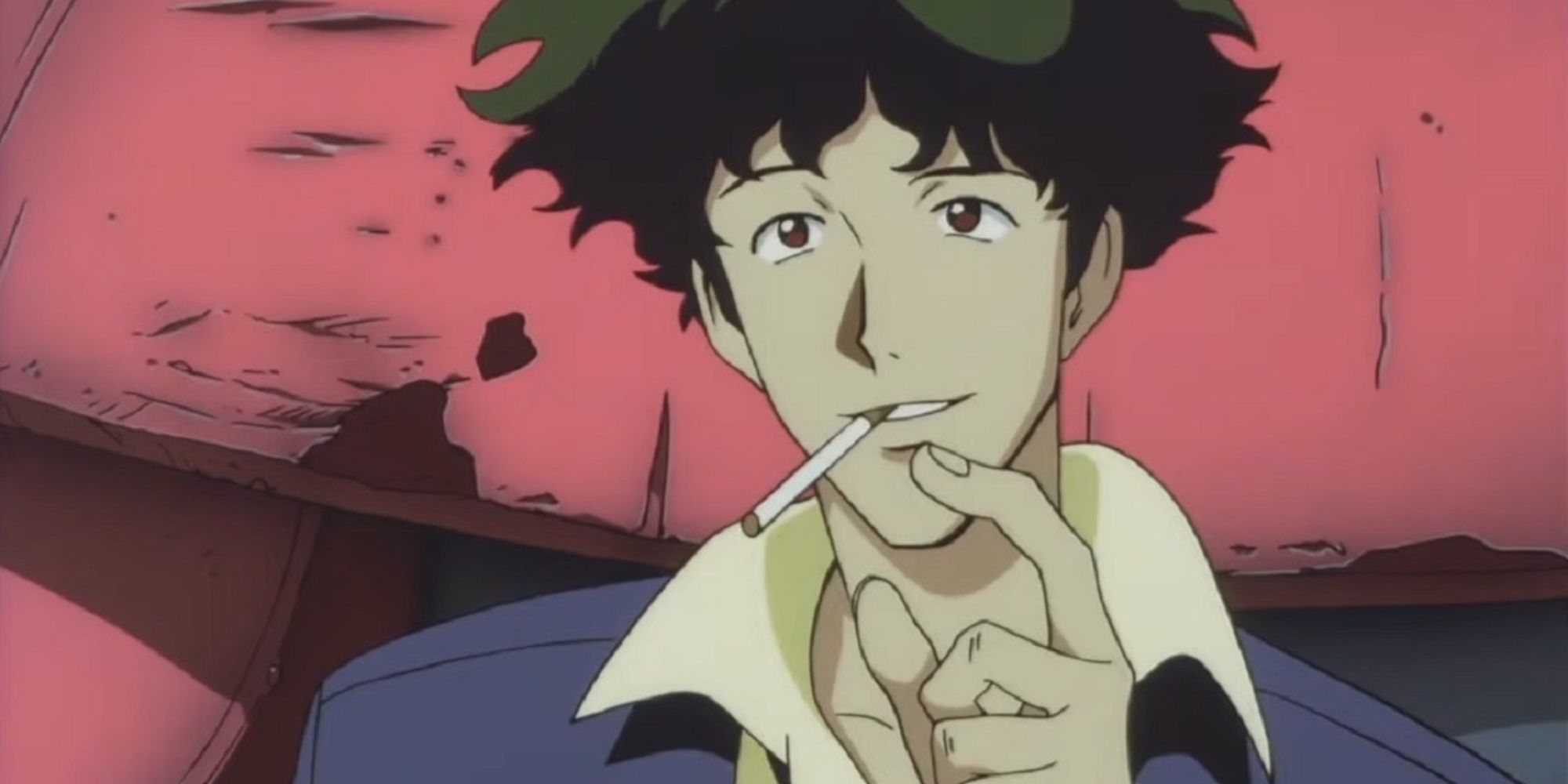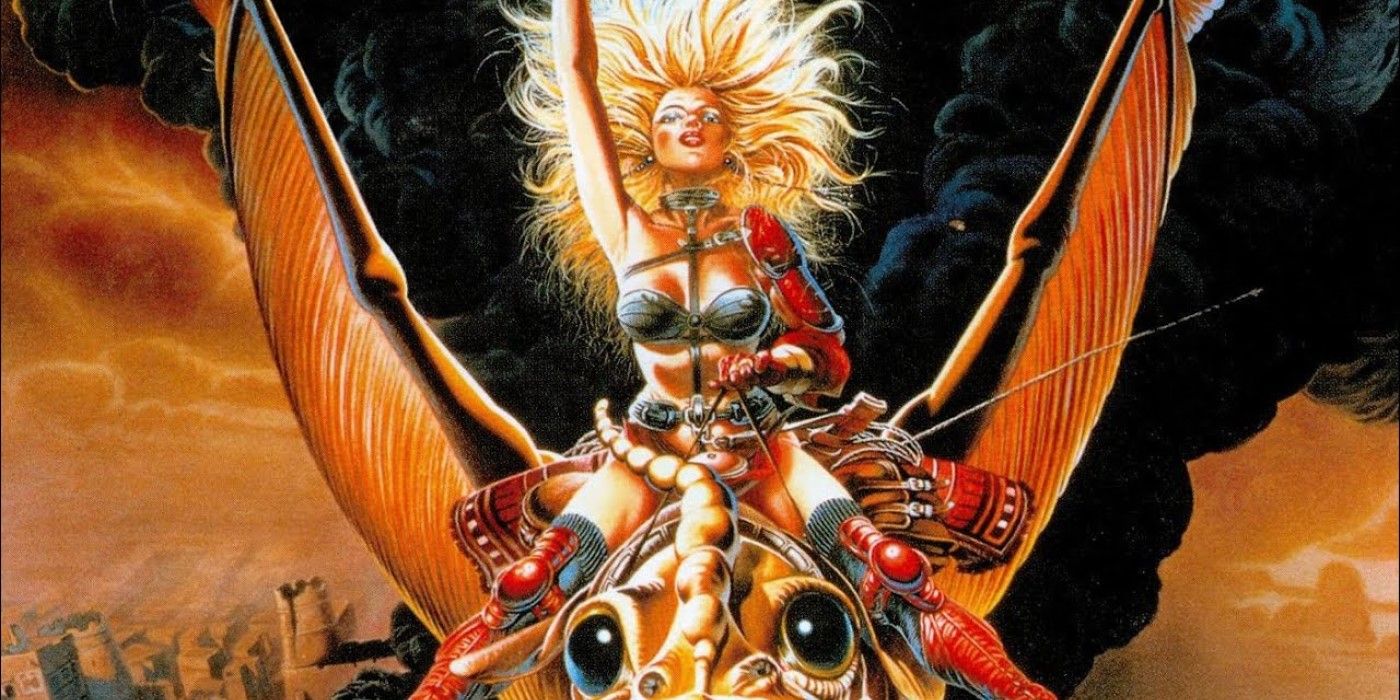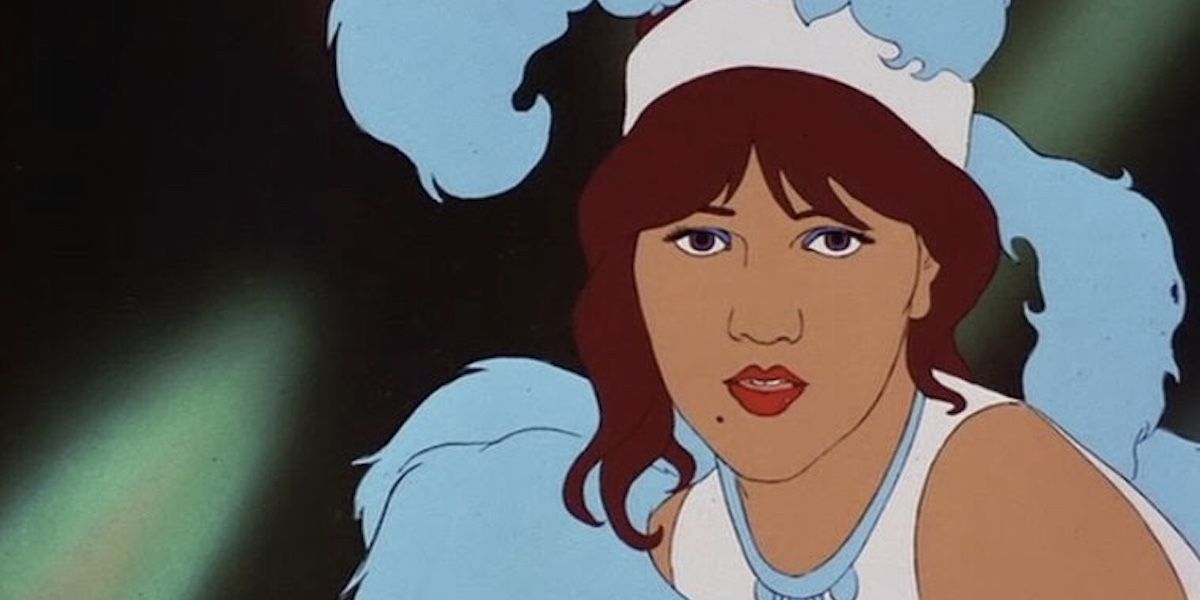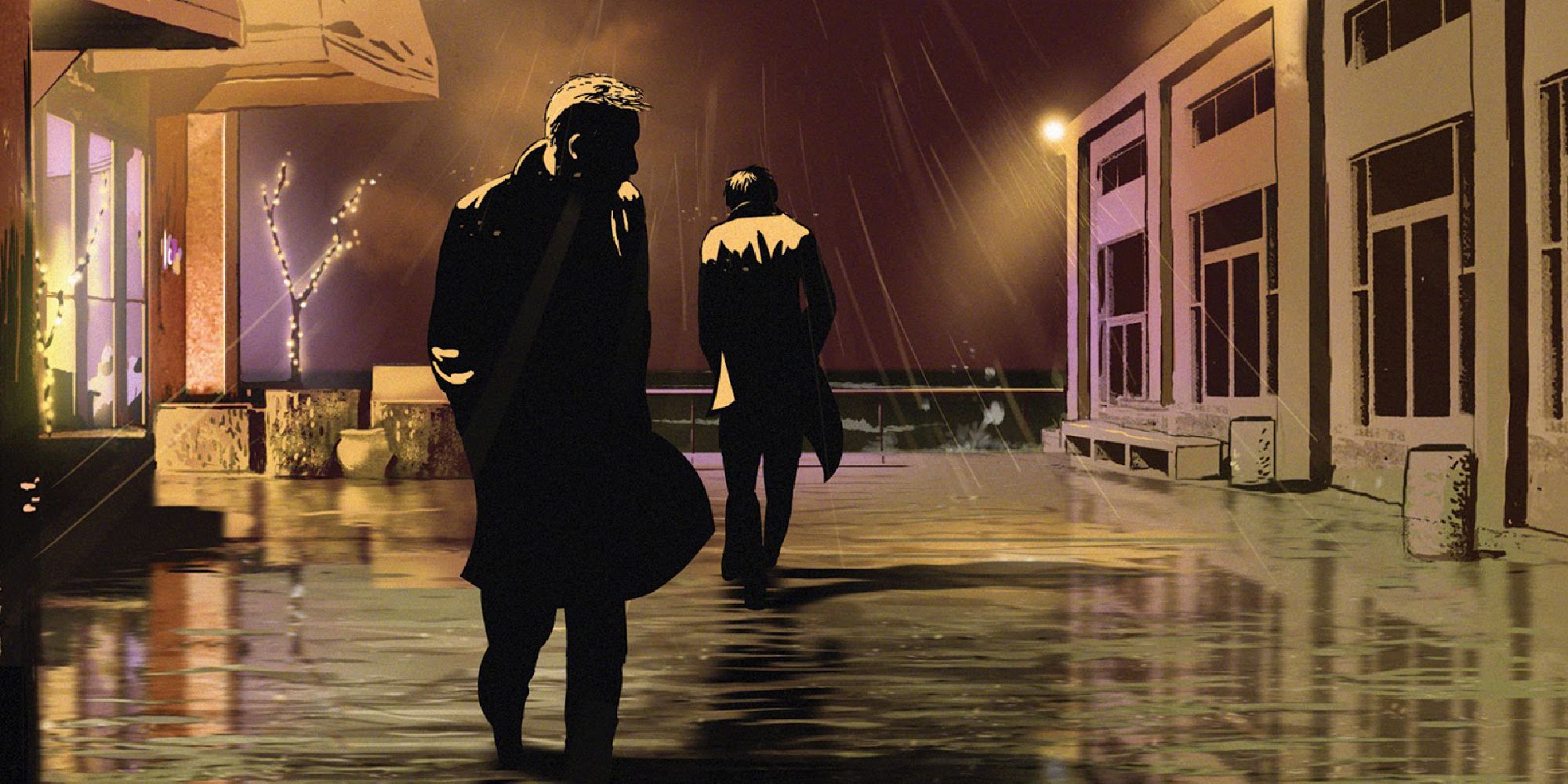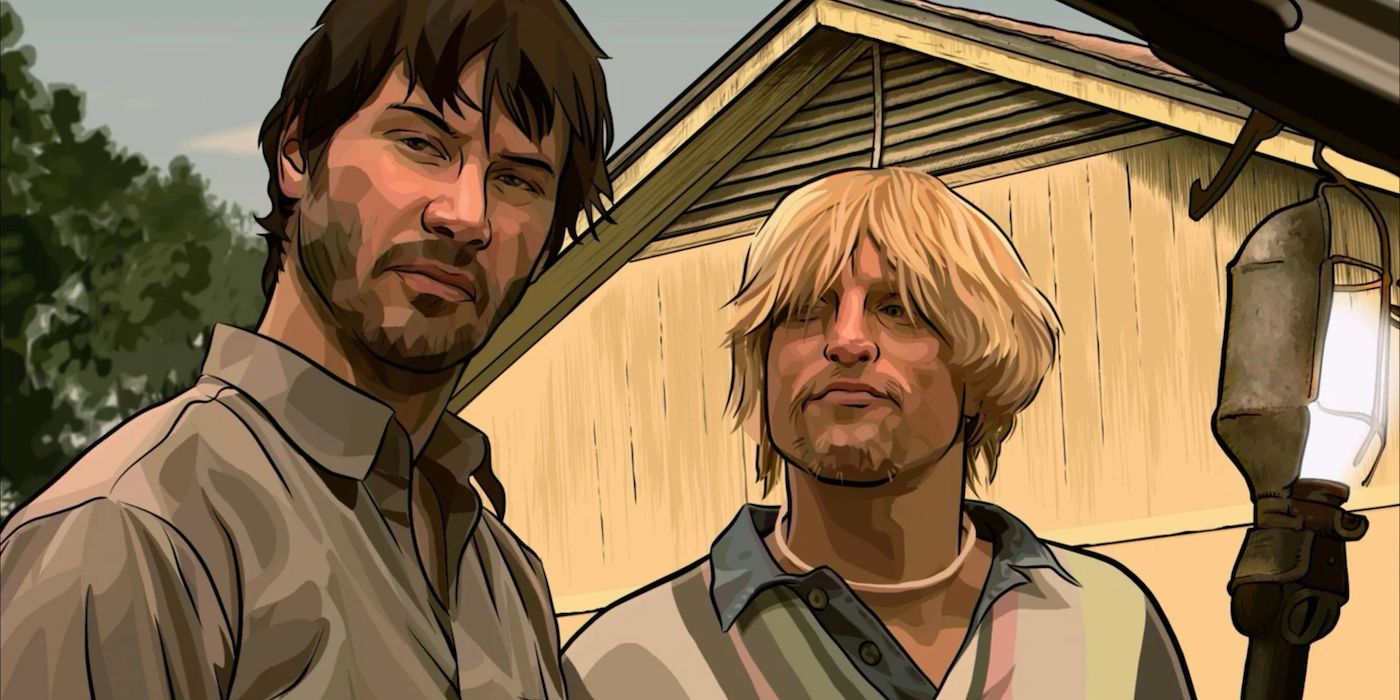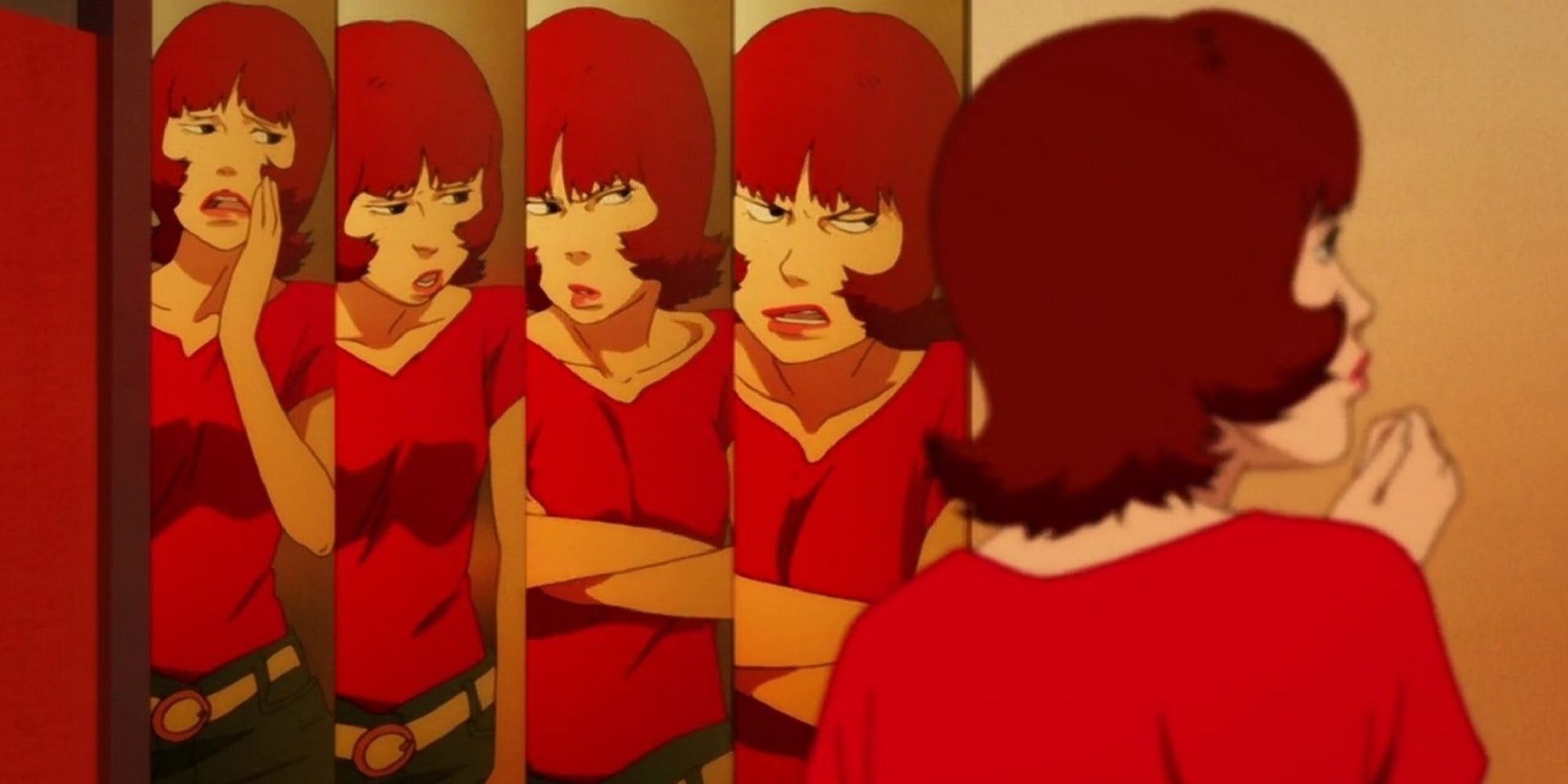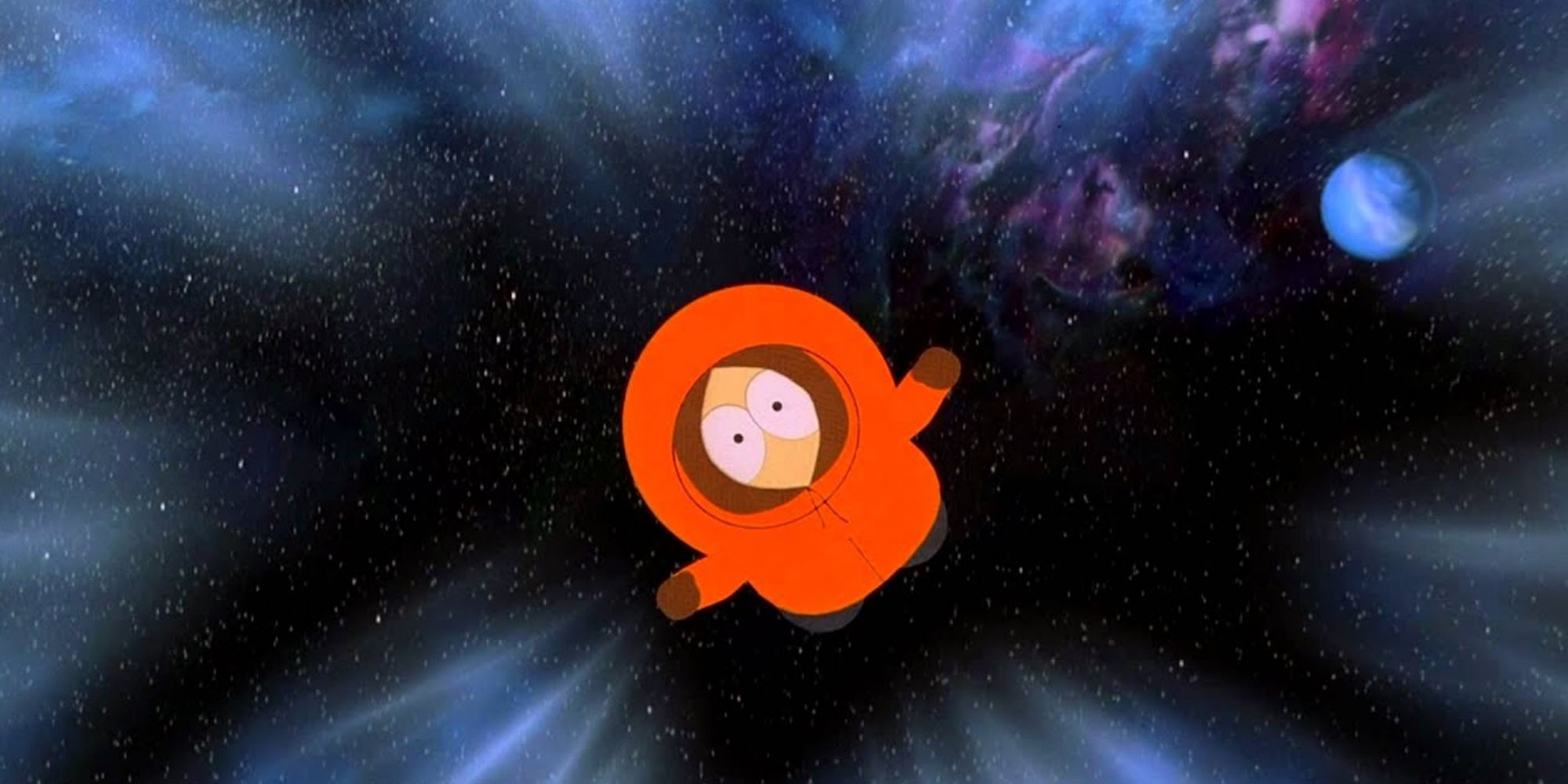Animated movies aren’t always all about princesses and dragons – they can be controversial too. As a medium, animation can be used to tell all kinds of stories from fairy tales all the way to real life recollections of war and genocide. And, yet, many still view animation as nothing more than a lesser medium aimed at children – a genre devoted to those that aren’t mature enough to grapple with the complexity of live-action storytelling.
This is, of course, wrong, and preposterously so. From The Simpsons to Persepolis to Sausage Party, many animated movies aren’t made with young audiences in mind. In fact, some R-rated animated films might even prove to be way too heavy for children, either due to their depiction of sex and violence or due to their exploration of sensitive themes such as drug use, war, and mental illness. From gory anime to raunchy comedies to painful documentaries, here’s a list of the greatest R-rated movies to ever emerge from the world of animation. Just take the kids out of the room and enjoy.
Akira (1988)
It’s virtually impossible to make a list of the best R-rated animated movies ever and not bring up Katsushiro Otomo’s Akira. Heck, it’s virtually impossible to make a list of great animated movies, period, without mentioning Akira. The movie that served as an entire generation’s introduction to anime is still one of the most influential animated films of all time, with references and homages popping up everywhere from The Matrix to Stranger Things to Teen Titans Go!. A violent and sometimes overwhelming visual spectacle, Akira is a cyberpunk tale about two troubled kids whose lives are completely upturned when one of them gains telekinetic powers right as a supersecret military project is about to change the world as they knew it. The movie is based on Otomo’s manga series of the same name, first published in 1982.
Perfect Blue (1997)
Akira is not the only highly influential anime film that deserves all the love it gets and then some more. Satoshi Kon’s 1997 movie Perfect Blue tells the story of a musical idol who decides to become an actress after becoming disillusioned with her career and her public image. But things quickly go downhill for young Mima (Junko Iwao) as she gains a stalker and discovers a strange website dedicated to posting intimate details of her life. Amazingly written and beautifully animated, Perfect Blue is a highly disturbing horror movie about the blurring lines between fantasy and reality.
Anomalisa (2015)
The first animated film to win the Grand Jury Prize at the Venice International Film Festival, Charlie Kauffman and Duke Johnson’s Anomalisa follows a motivational speaker who believes everyone has exactly the same face and voice up until the day he meets a woman completely different from anyone he’s ever met. With David Thewlis and Jennifer Jason Leigh as protagonists Michael and Lisa, respectively – and Tom Noonan as everyone else -, this delicate stop-motion feature is a careful examination of how the world is experienced by those that feel the most alienated from it. Whether you’re suffering from mental illness or simply dissatisfied with your job, it isn’t hard to understand why Michael feels the way he does, and Kauffman and Johnson’s style creates a world that is, at the same time, beautiful and suffocating.
Pink Floyd: The Wall (1982)
If, like many of us, you are one of those terminally online people, it’s quite possible that the first thing that comes to your mind upon hearing the words Pink Floyd: The Wall is Doug Walker’s infamous 2019 review of this classic Alan Parker movie. If that’s the case, and if you have never seen this visual reimagining of Pink Floyd’s 1979 album of the same name, get ready for the journey of a lifetime. Filled to the brim with memorable, awe-inspiring songs such as “Another Brick in the Wall”, “Comfortably Numb”, and “Hey You” and equally impactful imagery, this semi-animated gem is a true gift for rock fans, movie fans, and anyone that is into questioning fascism in all of its forms. Just put your metaphor hat on and get ready to “tear down the wall”.
Cowboy Bebop: The Movie (2001)
Many have tried, but few have managed to capture the essence of the cyberpunk genre quite like Cowboy Bebop’s Shinichiro Watanabe. From the advertises floating over the planet’s skyline to the traditional stores of the Moroccan Street, the multicultural world of Watanabe’s tale about broke and broken bounty hunters feels properly lived in, fantastical, but also incredibly regular. It’s the perfect setting for a story that blends street smarts and political intrigue, personal pain and the overall state of the world. In this film adaptation of the classic anime series, Spike (Koichi Yamadera), Faye (Megumi Hayashibara), Jet (Unsho Ishizuka), and Ed (Aoi Tada) are on the trail of a man trying to release a terrible plague upon the world. However, as the truth about said man comes to light, our protagonists realize that things might not be as simple as they seem. Bonus points for Watanabe’s always remarkable jazzy soundtrack.
A cab driver caught in a plot to sell an odd device. A World War II pilot that stumbles upon an alien entity in the battlefield. A young girl whose mind is taken by visions of strangers in stranger lands upon looking into a peculiar, otherworldly orb. All these stories and more are connected by the mysterious evil force Loc-Nar in this classic Canadian anthology film directed by Gerald Potterton. Full of gruesome tales of evil, as well as songs by bands like Blue Oyster Cult, Cheap Trick, Black Sabbath, and Journey, Heavy Metal is yet another mandatory watch for lovers of music and cinema. Come for the beats, stay for the science fantasy.
American Pop (1981)
It would be an offense punishable by death to leave someone like Ralph Bakshi out of this list. But the real R-rated gem from the man that brought us Fritz the Cat has nothing to do with Robert Crumb or drug-addicted kitties. Made through rotoscoping of studio recordings and archival footage, the lesser known American Pop tells the story of American popular music in the 20th century through the perspective of a family of Jewish immigrant musicians. It’s a jukebox musical with hits that go from The Jimi Hendrix Experience to Pat Benatar, and a family epic that deserves more recognition.
Waltz with Bashir (2008)
The Israeli nominee for Best Movie in a Foreign Language at the 2009 Academy Awards, Ari Folman’s Waltz with Bashir is an autobiographical documentary about the guilt and trauma of war from the perspective of the winners. Using a stylized cutout technique visually similar to rotoscope, Folman tries to reconstruct his memories of the Israeli invasion of Lebanon in 1982 and the Sabra and Shatila massacre through a series of conversations with his brothers in arms. Initially chosen for practical reasons – one of the former soldiers refused to show his face on camera for fear of retaliation – the animation adds a whole new layer to the movie, allowing Folman to depict parts of the interviewees’ pained testimonies that would not be visible to a regular camera. Only in its last minutes does the film resort to regular news footage, and just because some horrors don’t need extra embellishments to be fully understood.
A Scanner Darkly (2006)
Based on the 1977 novel of the same name by renowned sci-fi author Philip K. Dick, A Scanner Darkly is an intricate exploration of the limits of reality and a gut-wrenching portrayal of drug addiction. Under the disguise of rotoscope animation, Keanu Reeves stars as a policeman who loses his own sense of self while investigating a group of users of a new drug dubbed Substance D in a not-so-distant future marked by corporate control and high-tech surveillance. Caught somewhere between The Matrix and Trainspotting, A Scanner Darkly can often feel like a drug trip itself, thrilling, but also extremely suffocating; confusing, yet entirely clear. With its source material having been based on Dick’s own experiences with drug abuse and the people he lost along the way, Linklater’s movie is extremely kind to its characters and makes us suffer deeply for every little indignity they go through
Paprika (2006)
The man behind such wondrous films as Perfect Blue, Tokyo Godfathers, and Millennium Actress, Satoshi Kon is a true master of animation. Thus, it is no wonder that he has not just one, but two pictures on this list – and yet another one that deals with the not so clear difference between the real and the imaginary. In Paprika, a terrorist steals a machine that enables psychologists to see into their patients’ minds. It’s up to a scientist to transform herself into a subconscious detective named Paprika to stop this man from turning everyone’s dreams (and realities) into a huge nightmare. With grandiose, breathtaking scenes like the “dream parade”, set to the Earth-shattering music of experimental composer Susumu Hirasawa, Paprika is a once in a lifetime experience that is set to live rent-free in your mind from the moment you finish it.
South Park: Bigger, Longer & Uncut (1999)
If we began this list with a generation-defining film, then there’s nothing fairer than finishing it with another movie that summarizes an entire era for fans of animation. Released only two years after South Park took over the world with its dark humor and its unique approach to satire, South Park: Bigger, Longer & Uncut is a perfect encapsulation of everything that made this cultural juggernaut what it is. Directed by Trey Parker, who created the show alongside Matt Stone, South Park: Bigger, Longer & Uncut pokes fun at those that blamed the comedy series for cultural decay due to its amount of profanity and its no punches pulled brand of humor. In the movie, the parents of the town of South Park begin a crusade against Canada after an R-rated film turns their kids into real potty mouths. Throw in a war, a kid that dies a lot, and the Devil and you have yourself an anarchic picture that only the late 90s could provide.


























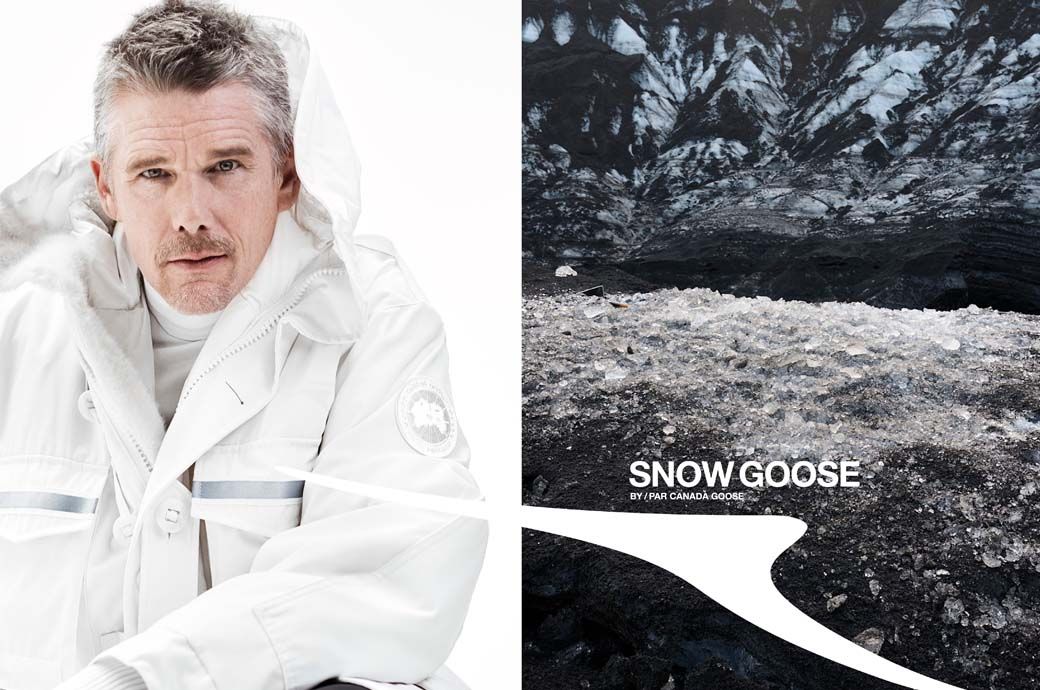












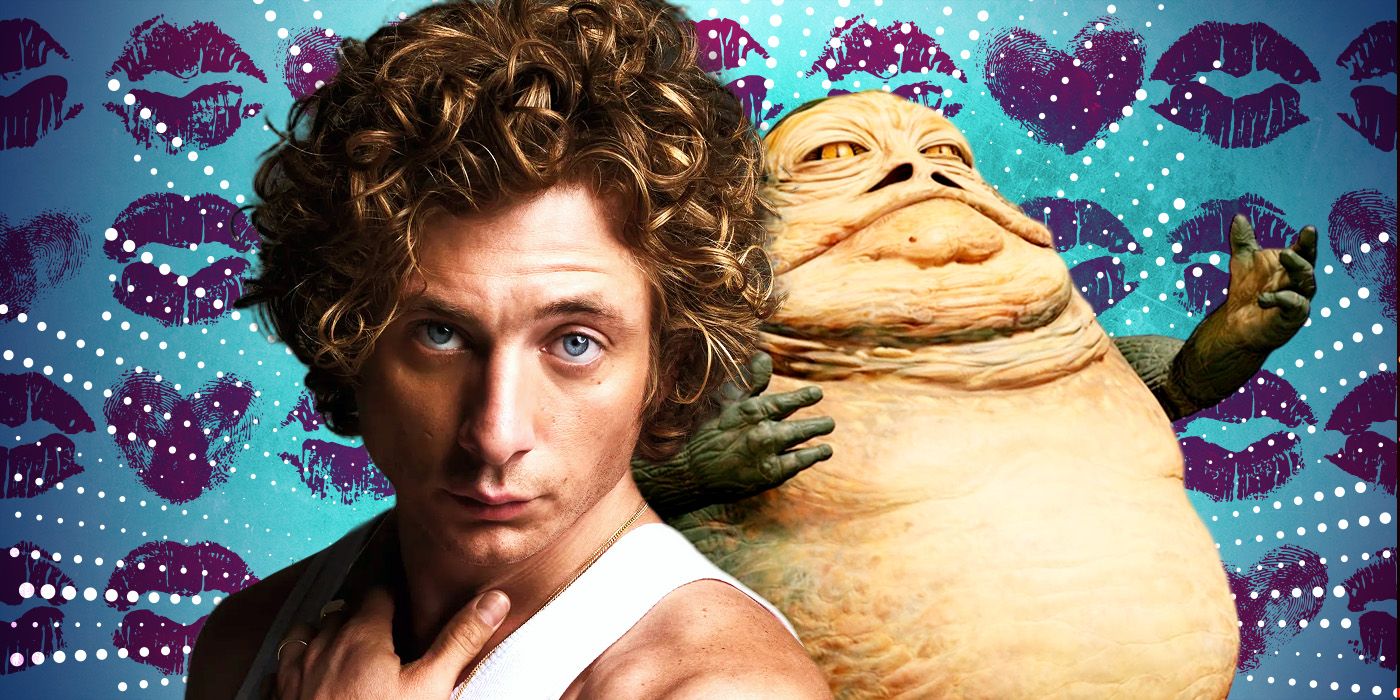


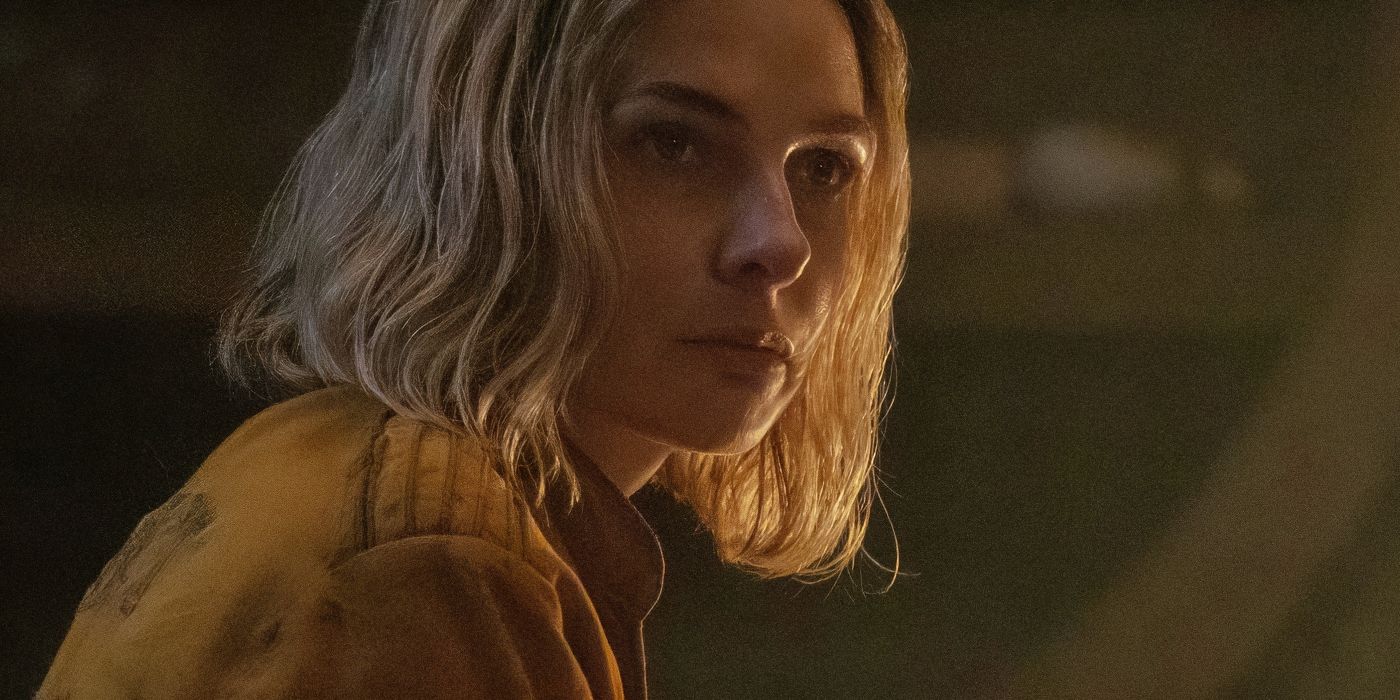
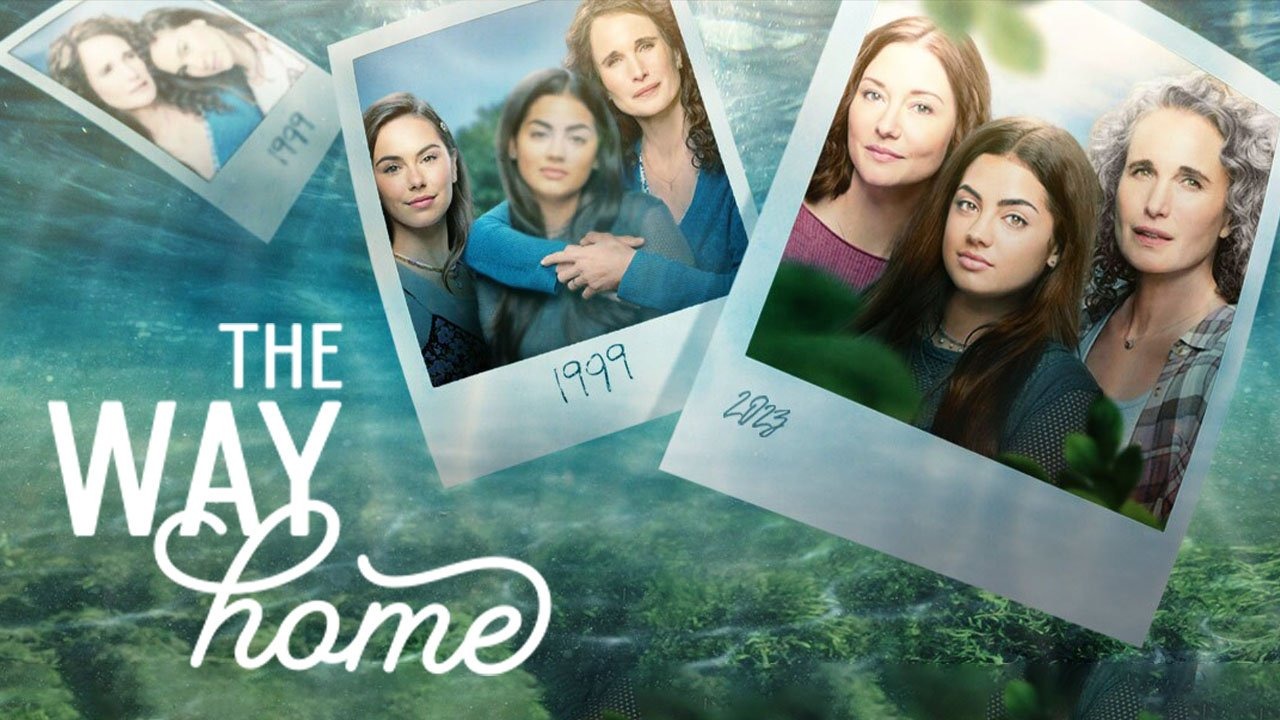

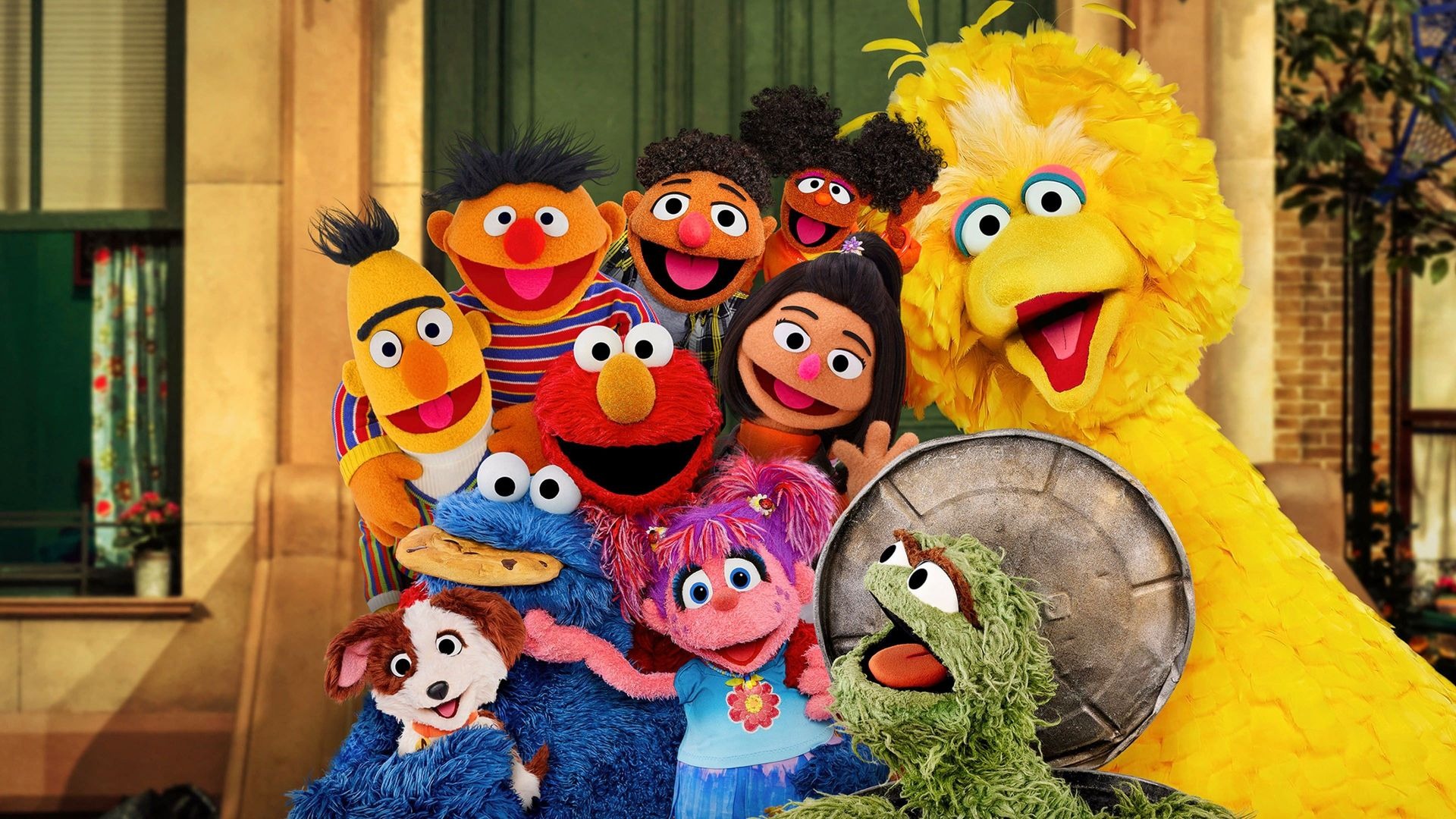

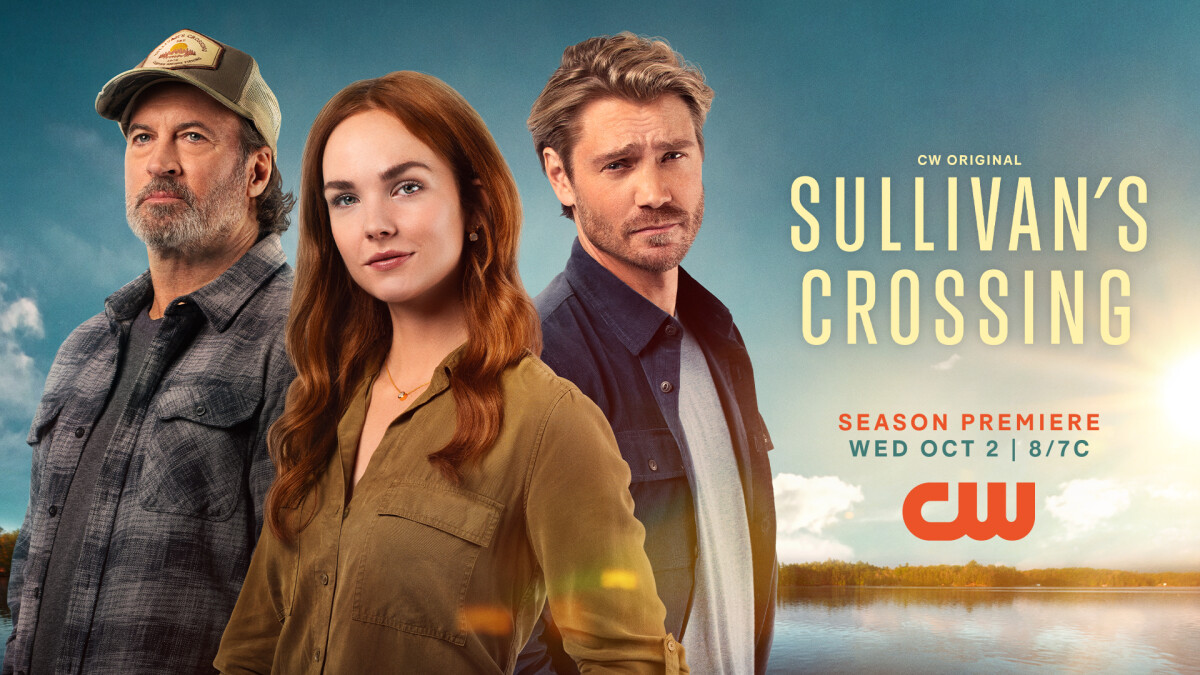




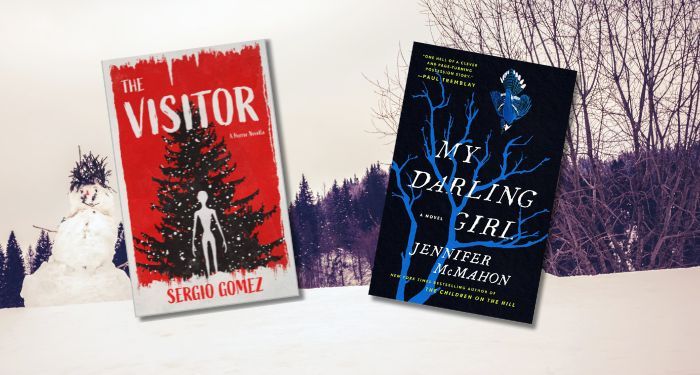




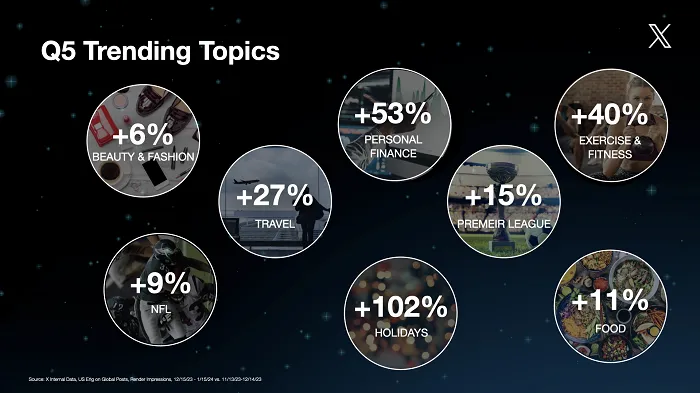



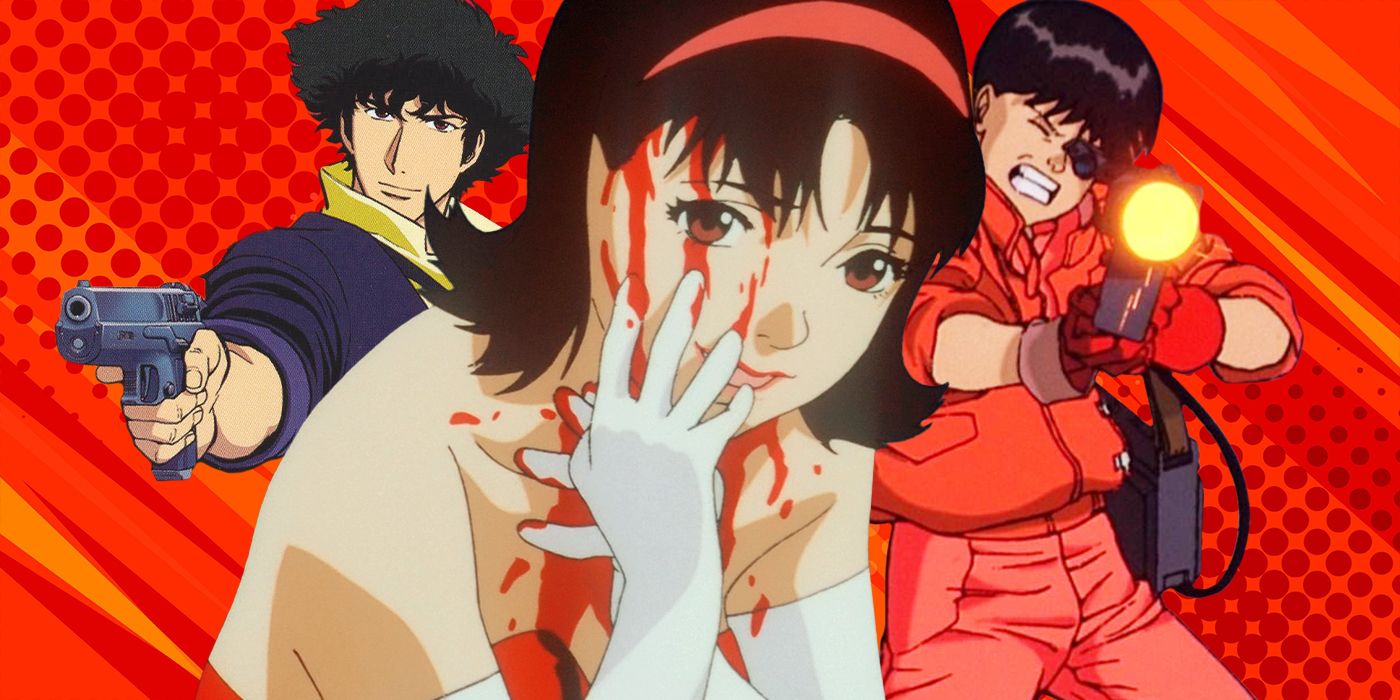
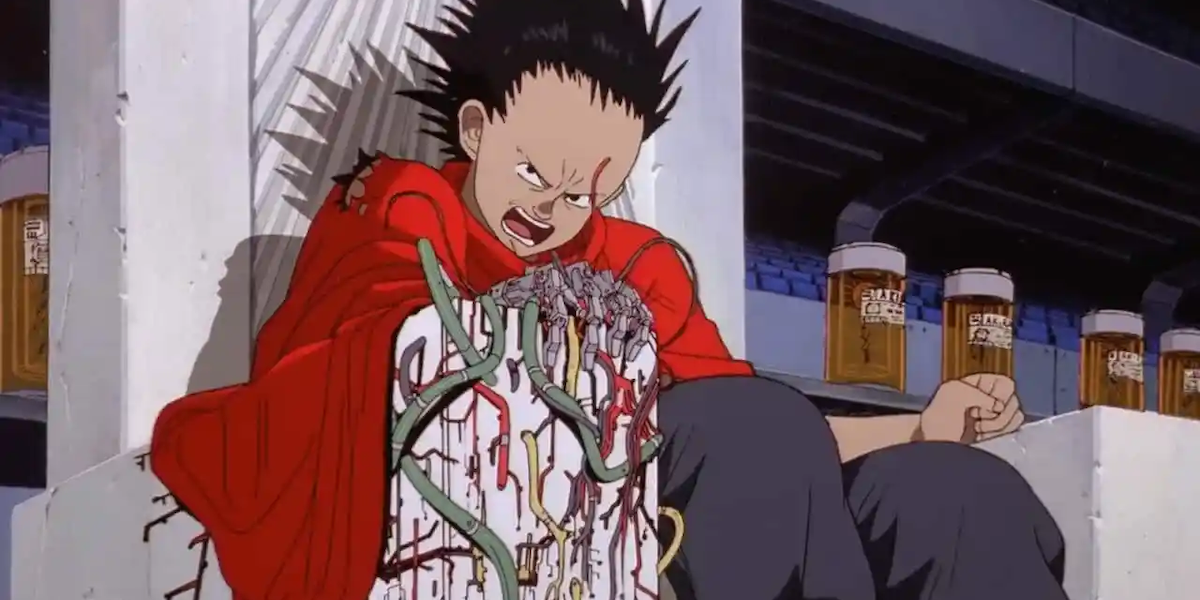
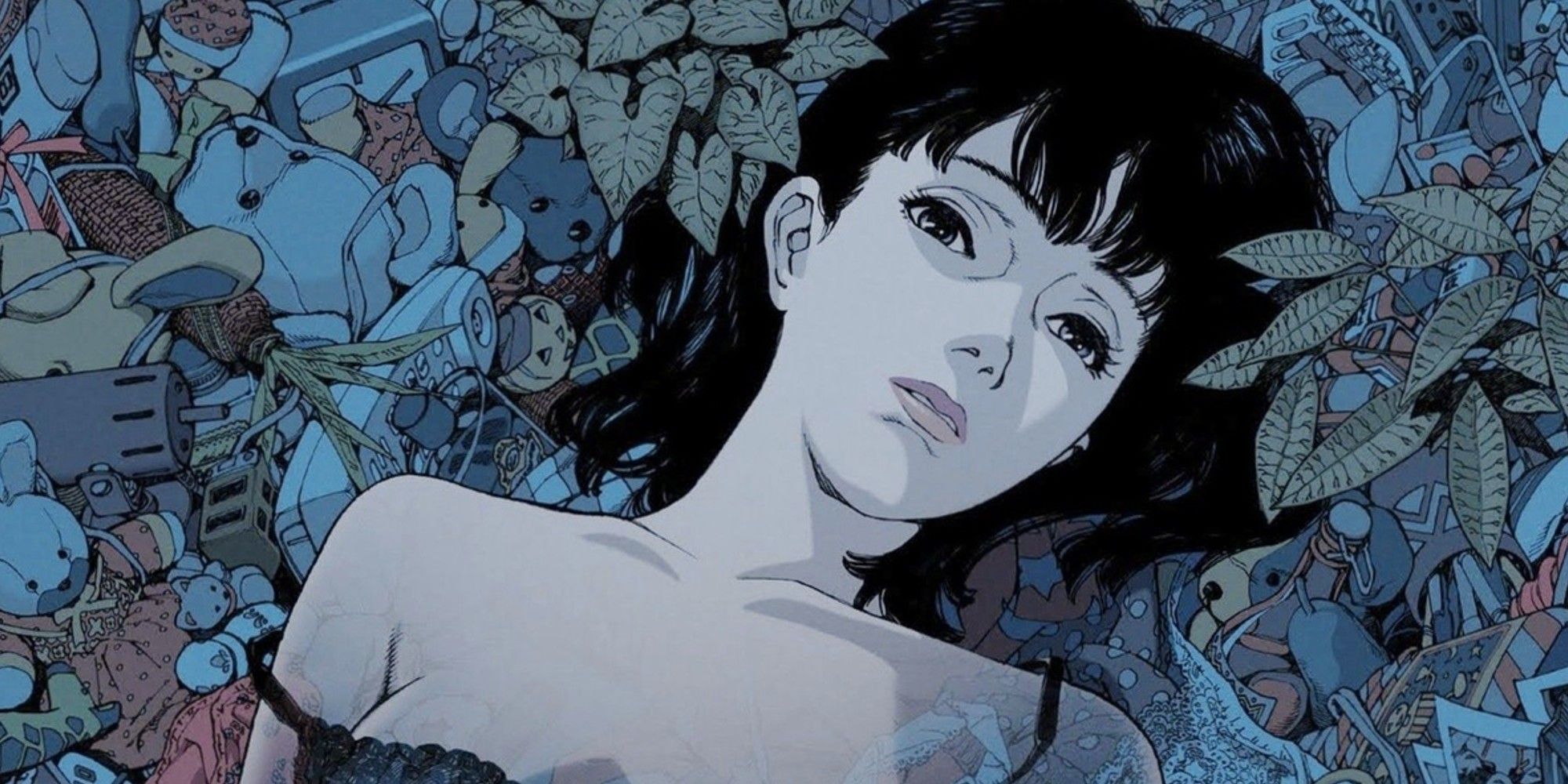
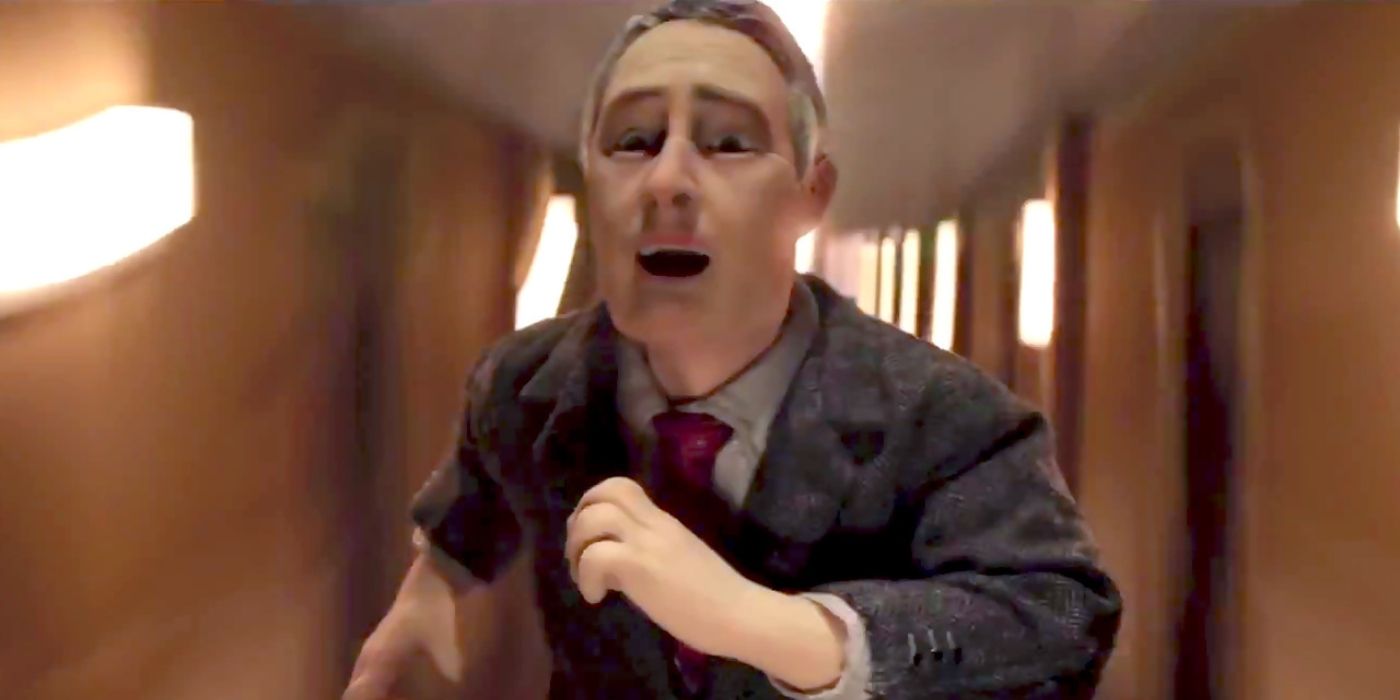
.jpg)
